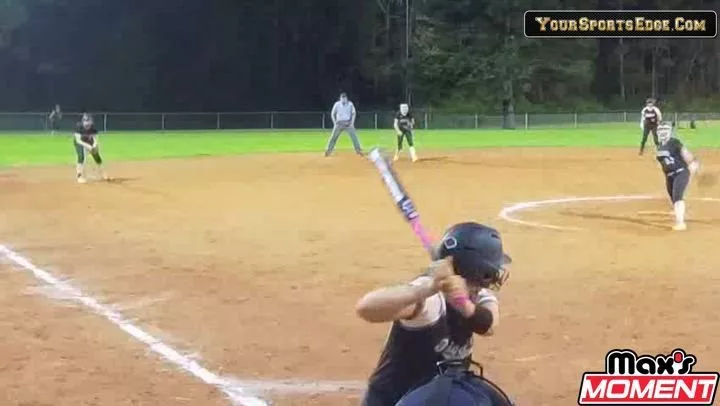Stormwater run-off poses an increasingly difficult problem for many urban areas. Storm sewers, drainage ditches, and retention basins often overflow during significant rains causing soil erosion and flooding. Run-off also carries excess fertilizer and pesticide residue to streams and lakes that compromise their ecological balance. Government studies have shown that up to 70% of the pollution in our streams, rivers, and lakes is carried there by stormwater. Most commercial properties are now required to develop stormwater management plans.
But given that about half of the pollution carried in stormwater originates from our yards and gardens, what, if anything, can the average homeowner do to reduce run-off? Rain gardens might be the answer.
A rain garden is a strategically located low area planted with native vegetation that intercepts run-off and allows it to infiltrate the soil. Rain gardens are becoming popular in many parts of the midwest and some municipalities offer tax credits to properties where they are installed. Rain gardens are not bogs or marshes, rather they are constructed to collect run-off and allow it to drain away within a few days. Rain gardens do not promote the growth of mosquitoes as the aquatic stage of their life cycle needs a longer period of standing water than rain gardens allow.
Most residential rain gardens are 100 to 200 square feet in size which is large enough to handle the run-off produced from a typical roof in an average rain, perhaps a thousand gallons of water. Rain gardens are typically located downslope and away from the building so that wet soil will not compromise the structural integrity of the building’s foundation.
A naturally occurring low-lying area is ideal for the rain garden, but a shallow depression can be constructed by excavating some soil and creating a small bank or berm on the lower side of a slope. Check the area for proper drainage by digging a hole one foot deep and one foot wide and filling it with water. If the water drains away within 24 hours, drainage is adequate. If drainage is not adequate, loosen the soil and mix in additional sand and compost or peat moss to aid drainage.
Now for planting. Many native perennial plants do very well in rain gardens. Remember that a rain garden is not a bog and will for most of the summer season remain dry. Therefore, plants with a degree of drought tolerance work best. Some of the more popular plants include Joe Pye weed, black-eyed Susan, asters, goldenrod, and swamp milkweed. Though not necessarily native, ornamental grasses also work well in rain gardens as do several varieties of native shrubs such as button bush, beautyberry, bottlebrush buckeye, and oakleaf hydrangea. Most of these plants do best in full sun, so locate the rain garden away from large trees.
If you’re environmentally conscience, why not consider adding a rain garden in your landscape. Keeping rain where it falls, on our own properties, helps protect our rivers, streams, and lakes, plus we have the bonus of an attractive garden.




